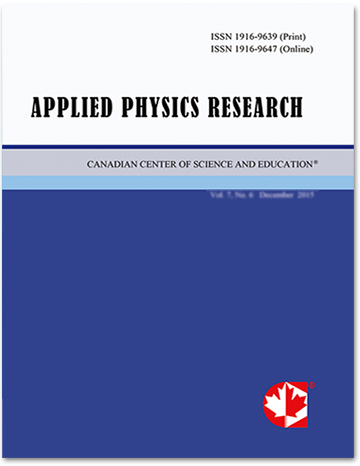Superfluidic Spacetime and Quantized Vortices: A Theoretical Framework for Resolving the Vacuum Energy Discrepancy
- Arunvel Thangamani
Abstract
In general relativity, the cosmological constant introduces the idea of space containing intrinsic energy. Yet, when dark energy is equated with the vacuum energy density predicted by the Standard Model, the resulting theoretical estimate differs enormously from astronomical observations. Building on superfluid–vacuum concepts and experimental findings of spontaneously generated, long-sustaining quantum vortices in superfluids, the current study theorises that: (1) Persistent pressure–energy fluctuations within a superfluid-like spacetime continuum produce localized, Planck-scale energy maxima that collapse into quantum vortices; (2) These vortices are formed continually and gradually transfer the kinetic energy back into the space foam while undergoing deformation; (3) Every vortex behaves as a rotational field composed of curl and divergent components (as per Helmholtz decomposition), with the divergent element creating an radially propagating energy flux that pushes away nearby vortices; (4) The cumulative effect of such microscopic separations is expressed macroscopically as cosmic expansion, akin to the Casimir effect where vacuum fluctuations exert forces on larger bodies; and (5) Consistent with the space foam model, the space continuum remains in a quivering state, producing oscillatory pressure that interacts with the vortex-distancing process. Theoretical formulations are presented that relate the cosmological constant to the sum of divergent energies from local spins. Incorporating the rates of vortex creation and decay yields a time-dependent cosmological constant, attributing the acceleration of cosmic expansion to the changes in these rates within a pulsating energy–pressure backdrop.
- Full Text:
 PDF
PDF
- DOI:10.5539/apr.v17n2p164
Journal Metrics
Google-based Impact Factor (2017): 3.90
h-index (November 2017): 17
i10-index (November 2017): 33
h5-index (November 2017): 12
h5-median (November 2017): 19
Index
- Bibliography and Index of Geology
- Civil Engineering Abstracts
- CNKI Scholar
- CrossRef
- EBSCOhost
- Excellence in Research for Australia (ERA)
- Google Scholar
- Infotrieve
- LOCKSS
- NewJour
- Open J-Gate
- PKP Open Archives Harvester
- SHERPA/RoMEO
- Standard Periodical Directory
- Ulrich's
- Universe Digital Library
- WorldCat
Contact
- William ChenEditorial Assistant
- apr@ccsenet.org
